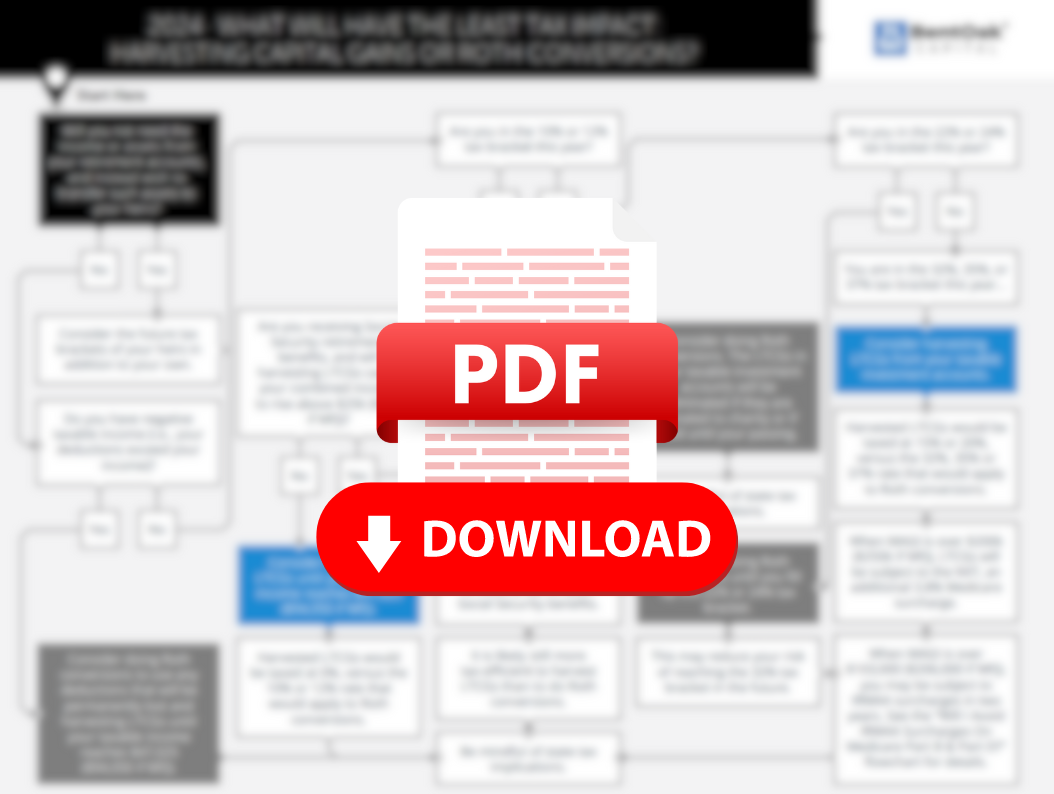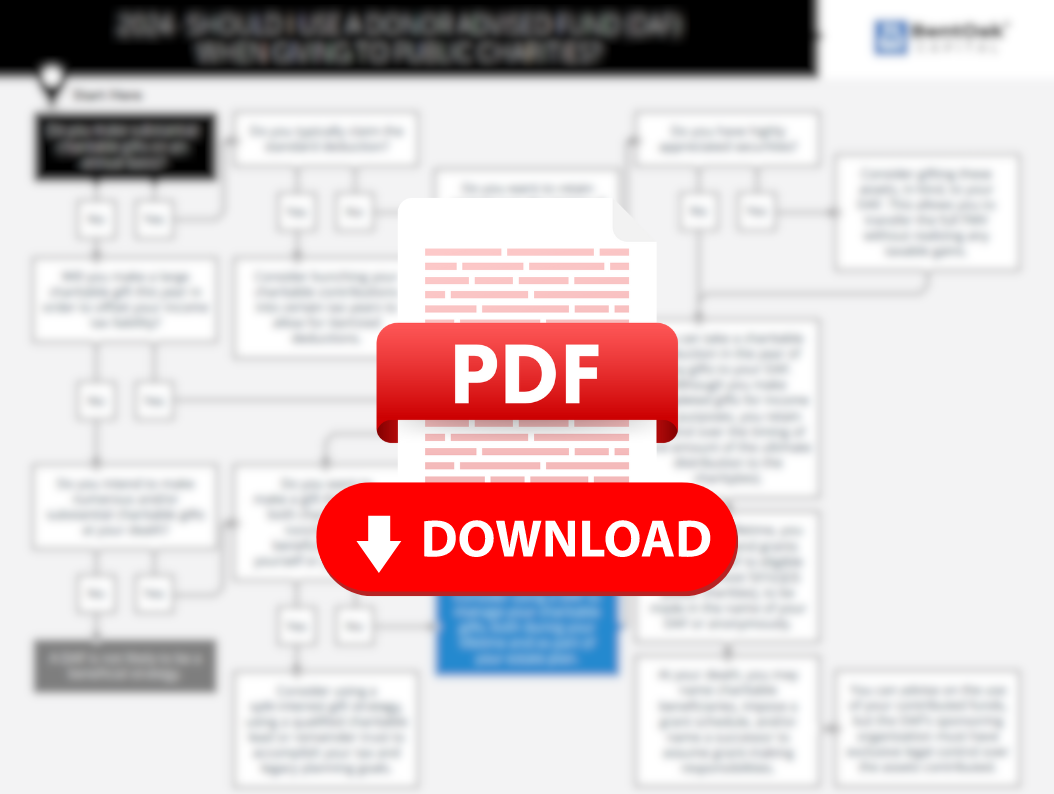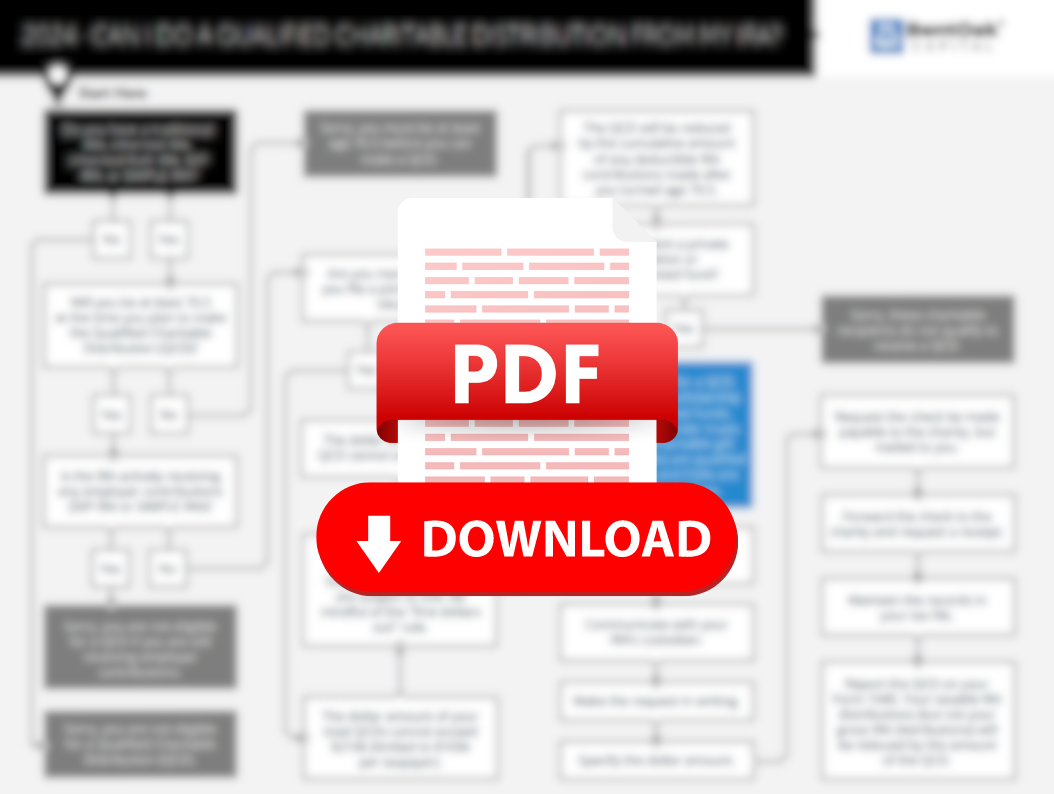As Benjamin Franklin famously said, “in this world, nothing is certain except death and taxes.” Taxes are no one’s favorite topic but their importance cannot be overstated. Tax policy affects every aspect of our financial lives including how much of our paychecks, investment gains, and dividends we keep, in addition to directing our choices of retirement vehicles, estate planning considerations, and much more. This is why tax planning with the help of trusted financial advisors is important to best achieve our financial goals.
Individual Tax Rates Are Historically Low
Naturally, some investors also worry about how changes to tax policy will impact the stock market. This is especially true during a presidential election year since the topic of taxes and government spending are politically charged. What history shows, however, is that while taxes might impact specific industries or asset classes, they have not been the main driver of bull or bear markets. In this context, there are several key facts investors should keep in mind when it comes to their investment decisions.
First, although the history of taxes is complex, it’s fair to say that individual tax rates have been much higher in the past. For instance, the accompanying chart shows that during the 1950s and early 1960s after World War II, the highest rate was a staggering 91%. The Tax Reduction Act, proposed by President Kennedy and signed into law by President Johnson in 1964, cut federal income taxes by around 20 percentage points across the board, bringing the top marginal rate down to 70%. The bill also reduced the corporate tax rate from 52% to 48%.
Ronald Reagan was then elected in 1980 on a platform of lower taxes and reduced government spending and regulation. Over the course of his two terms in office, the top marginal rate fell from 70% to 28%. This was an era of stagflation and both fiscal and monetary policy sought to stimulate the economy while reigning in supply problems due to high food and oil prices.
Since then, changes to marginal tax rates have been smaller by comparison. The Tax Cuts and Jobs Act signed by President Trump in 2017, for instance, lowered the top individual income tax rate from 39.6% to 37% for households earning more than $600,000.
There have been countless other changes to the tax code including to the number of tax brackets, credits and deductions, how capital gains and dividends are treated, and more. In recent years, inflation adjustments to tax bracket thresholds have also been important to prevent “bracket creep” in which individuals owe more as their incomes are adjusted for rising prices.
When it comes to investing, the most important historical lesson is that the market has performed well in both high and low tax regimes. Most would expect the stock market to perform well during periods of rate cuts. However, the stock market experienced a strong bull market throughout the 1950s and 1960s as the country rebounded from World War II and other global conflicts, when tax rates were near historical peaks. Economic growth was also generally strong during these decades despite these high marginal rates. Thus, the relationship between the economy, markets and taxes is neither a simple one nor the main driver of growth or market returns.
The U.S. Corporate Tax Rates Are Now More Competitive
Second, today’s statutory corporate tax rate is also low compared to historical levels. Prior to 2017, the U.S. had the highest corporate tax rate among OECD countries at 35%, as shown in the accompanying chart. The Tax Cuts and Jobs Act lowered the corporate rate to 21%, placing the U.S. in the lower half of OECD countries.
Of course, the effective tax rate that corporations pay is typically far lower than the statutory rate due to a labyrinth of tax breaks and deductions. Naturally, this is a politically complex topic. On the one hand, corporations are maximizing their tax efficiency based on the existing tax code, which ultimately is good for employees, shareholders, and the overall economy.
On the other hand, this can be viewed as corporations “not paying their fair share,” especially when they are highly profitable, buying back shares and keeping cash overseas. This is one motivation for the 15% Corporate Alternative Minimum Tax (CAMT) for companies with roughly $1 billion in profits included in the 2022 Inflation Reduction Act.
Whether this corporate tax rate remains in effect beyond 2025, along with individual income tax provisions from the 2017 tax cuts, remains to be seen. Regardless, the statutory corporate tax rate has been at this level or higher for the past 85 years during which markets have performed extremely well due to business cycle expansions. Thus, while taxes do affect individuals and business owners, it’s important to not overreact when it comes to investment strategies.
Third, some investors worry that taxes could increase in the coming years. While there is uncertainty as to when or if this might occur, it is clear that today’s tax rates are relatively low by historical standards. With the Tax Cuts and Jobs Act planned to “sunset” in early 2026, many are asking if there any ways to take advantage of lower rates prior to that, or plan accordingly if rates revert back to pre-2017 levels? The answer to these tax planning questions depends on your financial plan, but yes there still are options out there. Below are a few of the more popular strategies, though there are many more ideas available.
1. Roth Conversions – Converting a portion of your traditional IRA or 401k into a Roth IRA offers several key advantages including tax-free growth, taking advantage of the current lower tax brackets, potentially resulting in additional flexibility in retirement income and estate planning. See our primer on Roth conversions here. Or download this flowchart for a visual of how these strategies work.
2. Donor Advised Fund – A Donor Advised Fund (DAF) enables you to contribute an amount to a special charitable account, receive a charitable tax deduction in the year of the contribution, but then control and distribute the funds to your favorite charities over time. The timeline for distribution varies for each family based on goals. Download this flowchart to explore Donor Advised Funds further.
3. Qualified Charitable Distributions – A Qualified Charitable Distribution (QCD) occurs when you transfer funds directly from your IRA to a charitable organization to partially or fully meet your required minimum distribution (RMD). These distributions are not taxed as income, assist in meeting your required minimum distribution, and can assist in meeting your charitable goals. You can also download this flow chart for a different view of this strategy.
The bottom line? Taxes are low by historical standards and markets have performed well across both high and low tax periods. Investors should maintain perspective and not overreact to tax policy changes when it comes to their investment plans. It’s important for all investors to consider current tax policies while planning for the future with the help of a trusted advisor. If you would like to explore strategies that could reduce your income taxes and benefit your financial plan, please contact us today to coordinate a meeting.
Copyright (c) 2024 Clearnomics, Inc. All rights reserved. The information contained herein has been obtained from sources believed to be reliable, but is not necessarily complete and its accuracy cannot be guaranteed. No representation or warranty, express or implied, is made as to the fairness, accuracy, completeness, or correctness of the information and opinions contained herein. The views and the other information provided are subject to change without notice. All reports posted on or via www.clearnomics.com or any affiliated websites, applications, or services are issued without regard to the specific investment objectives, financial situation, or particular needs of any specific recipient and are not to be construed as a solicitation or an offer to buy or sell any securities or related financial instruments. Past performance is not necessarily a guide to future results. Company fundamentals and earnings may be mentioned occasionally, but should not be construed as a recommendation to buy, sell, or hold the company’s stock. Predictions, forecasts, and estimates for any and all markets should not be construed as recommendations to buy, sell, or hold any security–including mutual funds, futures contracts, and exchange traded funds, or any similar instruments. The text, images, and other materials contained or displayed in this report are proprietary to Clearnomics, Inc. and constitute valuable intellectual property. All unauthorized reproduction or other use of material from Clearnomics, Inc. shall be deemed willful infringement(s) of this copyright and other proprietary and intellectual property rights, including but not limited to, rights of privacy. Clearnomics, Inc. expressly reserves all rights in connection with its intellectual property, including without limitation the right to block the transfer of its products and services and/or to track usage thereof, through electronic tracking technology, and all other lawful means, now known or hereafter devised. Clearnomics, Inc. reserves the right, without further notice, to pursue to the fullest extent allowed by the law any and all criminal and civil remedies for the violation of its rights.
IMPORTANT DISCLOSURE INFORMATION: Past performance may not be indicative of future results. Different types of investments involve varying degrees of risk. Therefore, it should not be assumed that future performance of any specific investment or investment strategy (including the investments and/or investment strategies recommended and/or undertaken by BentOak Capital [“BentOak”]), or any non-investment related services, will be profitable, equal any historical performance level(s), be suitable for your portfolio or individual situation, or prove successful. BentOak is neither a law firm, nor a certified public accounting firm, and no portion of its services should be construed as legal or accounting advice. Moreover, you should not assume that any discussion or information contained in this document serves as the receipt of, or as a substitute for personalized investment advice from BentOak. Please remember that it remains your responsibility to advise BentOak, in writing, if there are any changes in your personal/financial situation or investment objectives for the purpose of reviewing/evaluating/revising our previous recommendations and/or services, or if you would like to impose, add, or to modify any reasonable restrictions to our investment advisory services. A copy of our current written disclosure Brochure discussing our advisory services and fees is available upon request at www.bentoakcapital.com/disclosure. The scope of the services to be provided depends upon the needs of the client and the terms of the engagement. Historical performance results for investment indices, benchmarks, and/or categories have been provided for general informational/comparison purposes only, and generally do not reflect the deduction of transaction and/or custodial charges, the deduction of an investment management fee, nor the impact of taxes, the incurrence of which would have the effect of decreasing historical performance results. It should not be assumed that your account holdings correspond directly to any comparative indices or categories. Please Also Note: (1) performance results do not reflect the impact of taxes; (2) comparative benchmarks/indices may be more or less volatile than your accounts; and, (3) a description of each comparative benchmark/index is available upon request. Please Note: Limitations: Neither rankings and/or recognitions by unaffiliated rating services, publications, media, or other organizations, nor the achievement of any designation, certification, or license should be construed by a client or prospective client as a guarantee that he/she will experience a certain level of results if BentOak is engaged, or continues to be engaged, to provide investment advisory services. Rankings published by magazines, and others, generally base their selections exclusively on information prepared and/or submitted by the recognized adviser. Rankings are generally limited to participating advisers (see link as to participation criteria/methodology, to the extent applicable). Unless expressly indicated to the contrary, BentOak did not pay a fee to be included on any such ranking. No ranking or recognition should be construed as a current or past endorsement of BentOak by any of its clients. ANY QUESTIONS: BentOak’s Chief Compliance Officer remains available to address any questions regarding rankings and/or recognitions, including the criteria used for any reflected ranking.


